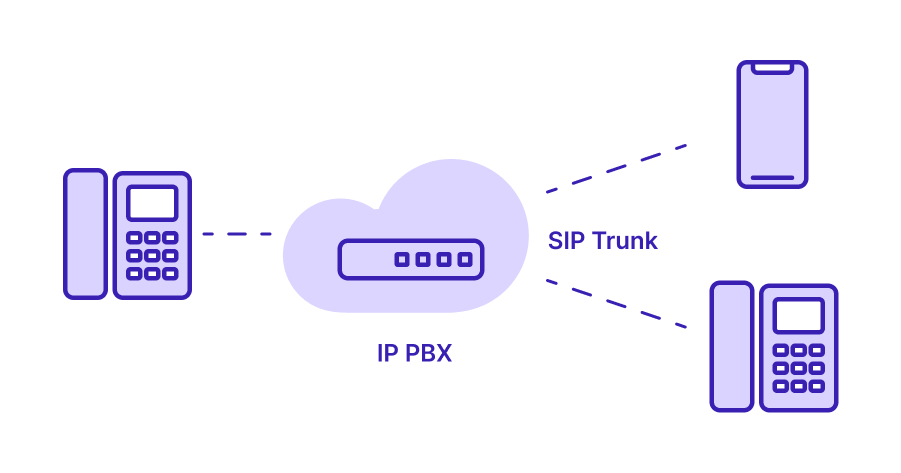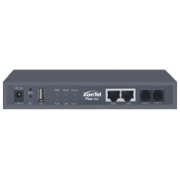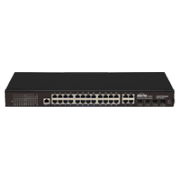
With the advancement of communication systems in the modern era and the rise of internet-based modern communication systems, also known as VoIP technology, companies increasingly rely on VoIP services. One helpful feature is forwarding voicemail to your email inbox, and VoIP providers now compete to offer this service.
But what real value does this feature provide? Here are four key benefits of converting voicemail to email:
Benefits of Converting Voicemail to Email:
1. Easy Access to Voicemail
Studies show that the average American employee spends about 4 hours a day checking work emails. This means in an 8-hour workday, email is checked approximately every 2 minutes.
Email management is central to the American employee’s workflow. To ensure accurate voicemail tracking without fear of missing any messages, forwarding voicemail to email makes it easier for you and your employees to see and manage new voicemail messages effectively.
The alternative is for employees to wait for their desk phone to light up or sound an alert for new voicemail. Most people miss this notification or overlook it, at least initially.
When employees use their office phones continuously and intensively, errors can occur, and many voicemail notifications may be overlooked, requiring constant phone monitoring.
Therefore, forwarding voicemail to email makes it easy to receive and listen to voicemail recordings without fear of missing any.
2. Faster Response Time
The faster you receive a voicemail message, the quicker you can respond to its contents. This speed and responsiveness enhance your company’s customer relationships and strengthen client loyalty.
According to a study by a UK telecommunications company, 85% of callers who cannot reach your company on the first attempt will not try again, and 75% will not leave a voicemail.
When a client leaves you a voicemail message, this actually indicates their seriousness in learning more about your service. However, waiting too long to respond to customer voicemail messages can kill the caller’s enthusiasm toward your company.
If a customer leaves a voicemail, your team should respond within 10-15 minutes. Of course, forwarding voicemail to email allows your team members to see new messages within minutes.
In some cases, you may need to set your phone to Do Not Disturb (DND), In this case, phone calls will automatically be sent to voicemail if you don’t have call forwarding set up to an external number. With the voicemail-to-email feature, you are immediately notified of all new messages, Even if you’re unable to return the call by phone, you may be able to send a quick email to the caller acknowledging that you’ve received their message and will respond fully later.
3. Access Voicemail on Mobile Devices
The feature of forwarding voicemail to email and then to mobile devices lets you access your voicemail inbox from anywhere, whether you’re at work or away, during business hours or after official working hours.
4. Saving and Archiving Messages
Converting voicemail to email is a useful archival tool. You can store attachments in an email folder or download files to your computer, smartphone, or tablet.
If you work in a field that requires archiving or simply want to keep detailed records, one advantage of forwarding is that it can automatically create a comprehensive archive of all your recordings. The archiving process includes the message time and date, as well as the caller ID information in the filename.
This makes recordings easier to sort and retrieve, and the archiving process takes only a few megabytes of your existing storage disk space.
You can also store them on third-party platforms or cloud computing for easy access from anywhere.
If you run a business that receives voicemail messages from customers, you may want to consider the voicemail-to-email forwarding feature for your employees.
This feature can make you and your team more responsive and flexible in responding to your customers.
XonTel is a leading company in the Arab world providing VoIP and SIP solutions, internet-based communication systems, SIP Trunk services, and modern telecommunication solutions for businesses and individuals.
For more information about XonTel’s products and services click here
Source: 1













